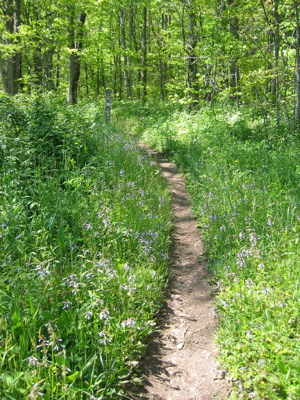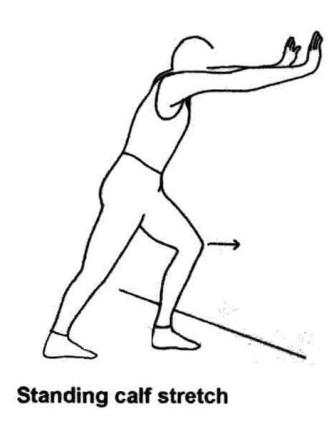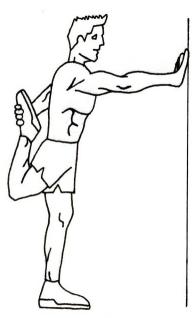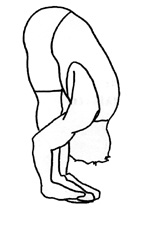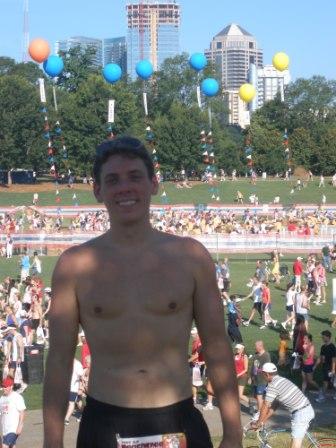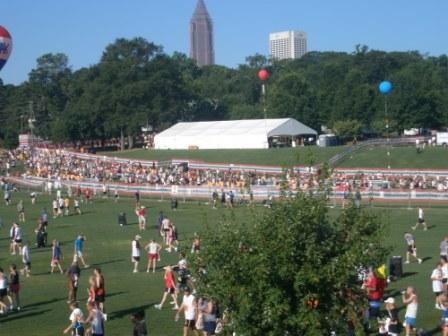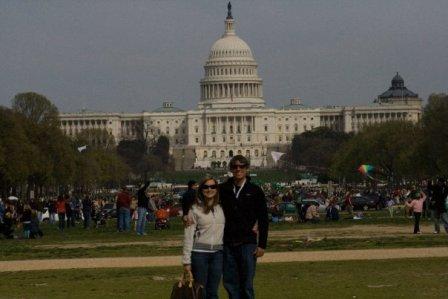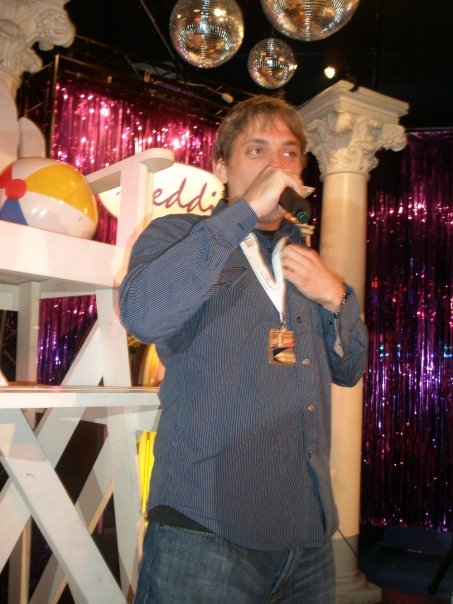Backpacking is a fun…when you think about the last time you did it. Honestly, backpacking gets boring. That’s why I enjoy trail running more. While trail running, you get to cover more area, get a better work out, and it gets your adrenaline pumping. But sometimes I don’t want to drive an hour to go trail running for a couple of hours and then go home. A day trail run sometimes isn’t enough of a get away for me and I end up wanting more trail. I want to be deeper in the forest, farther out in nature, more venerable, and should I say it, more extreme? Enter Fast Packing.
Fast Packing is defined as running on a nature trail while carrying a backpack. That’s simple enough but there is more to Fast Packing. In order to qualify for Fast Packing you must stay at least one night in the woods and pack your own support. This is what separates ultra runners from Fast Packers, ultra runners have crews that meet them on certain areas of the course and at rest stops with supplies to finish their run. According to Fastpacking….Trail Running, “Distance limits for the ‘unsupported and under-supplied’ are currently around 600 miles.” Looks like you have something to shoot for Hot Shot. Fast Packing revolves around being a minimalist on the trail. It takes a higher level of self-control and mental endurance than any other type of trail running or backpacking. You are more vulnerable to the elements and the risk of serious injury is higher because of the little support you have. It is recommended to at least mitigate this risk a bit by Fast Packing on well travelled trails. Risk is cool, but mitigating it can be cooler.
So how should you pack for Fast Packing? Quickly of course. Seriously though, you want a Fast Packing pack to weigh about 3 pounds or less but be able to carry everything you need or may need. Packs with hydration systems are good but you don’t want to fill up the hydration system with more water than you need or you will be carrying a lot of extra weight. If you are concerned with hydration then fill up your hydration system and consume as much of the water as quickly as you can. Water is easier to carry in your belly than on your back. People die in the desert with full canteens you know. Wait, who’s walking around in the desert these days…and who uses a canteen anymore? The canteen had a good 250 year run, but it’s been all hydration packs and water bottles for the past 10 years. That’s evolution for you. Instead of carrying all of your water from the trailhead, you can find more water along the trail and use either a lightweight water bottle purifier or Iodine tablets to make it drinkable. Bring gatorade or another sports drink mix for extra hydration.
Other items you may need while Fast Packing are a small first aid kit, a spork, and a small tent or poncho. That’s all you need; plus food. The name of this game is light weight; only bring the minimum. You want to wear clothing that is wind-resistant, waterproof, durable, comfortable, and breathable. This clothing will differ based on the time of year but you must remember that you will be sweating a lot and not have much warmth when it gets colder at night. Bring layers to wear so you can adjust to the weather and activity you are doing; pretty much running, sleeping, or maybe eating. You should wear durable trail running shoes while Fast Packing. This is not the time to wear your performance trail running shoes. If the trail terrain is more difficult, then you may want to wear some trail shoes that have higher ankle support or wear an ankle brace to avoid an ankle injury, the most common injury to end a Fast Packing trip. When Fast Packing it is a fine line between being prepared and not carrying extra weight. Choose the items you pack carefully.
So if you are looking for a little more risk and a longer trail running experience then try Fast Packing. Be extreme but leave the Mountain Dew at home. Aluminum and sugar are too heavy, not to mention all those carbonation bubbles!
